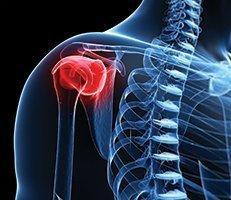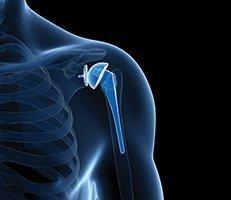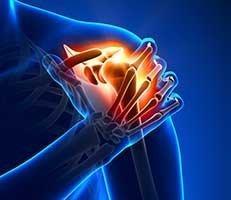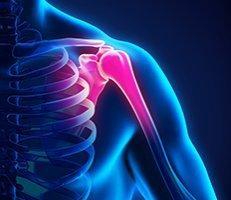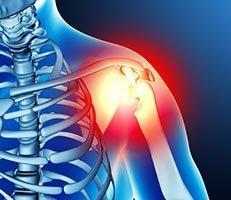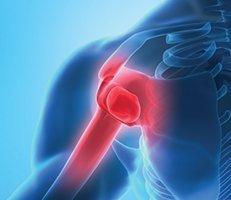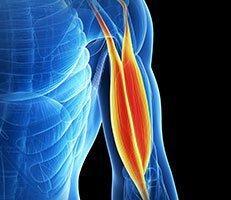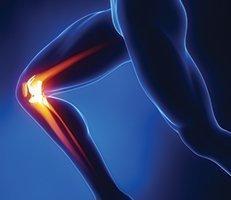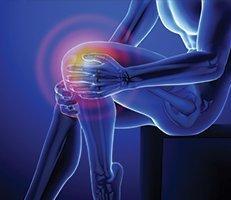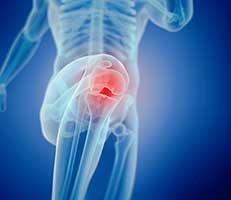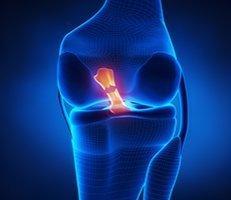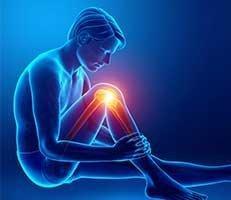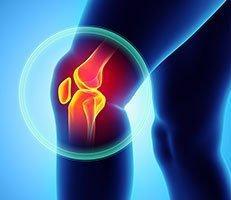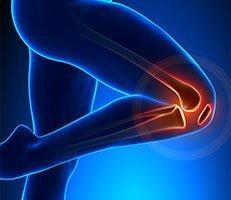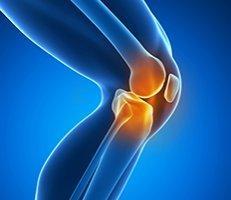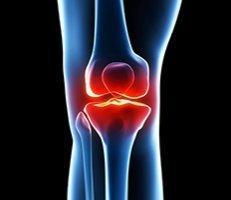The anterior cruciate ligament, or ACL, is one of the four large ligaments that help the knee maintain stability for proper function and range of motion in the knee joint. Because the knee is a weight-bearing joint exposed to constant mechanical wear and tear over time, it is also very susceptible to injury. Athletes and physically active individuals can be common sufferers, but anyone can succumb to an ACL tear or injury. ACL reconstruction and rehabilitation will vary from patient to patient, and depend on the severity of the injury as determined by an orthopedic surgeon.
ACL Reconstruction
Surgery to repair a torn ACL consists of grafting a piece of a tendon or ligament from another part of the body, usually from the hamstring or the knee. There are two types of possible grafts that a surgeon can use for the torn ligament. The first is what is known as an autograft, where the tissue is sourced from the patient’s own body. The second type of graft is called an allograft, which comes from a cadaver donor.
ACL surgery is either open knee surgery or arthroscopic. Arthroscopic surgery, or arthroscopy, is less invasive than open knee surgery, and involves several small incisions made around the knee joint for an arthroscope. An arthroscope is a surgical tool equipped with a small camera and light at the end. Images from this device are projected onto a video monitor in the operating room, allowing the surgeon to get a detailed look inside the patient’s knee joint. An arthroscope works as both a surgical and diagnostic tool, allowing surgeons to both determine the extent of damage inside the knee joint as well as to repair it.

